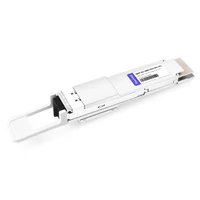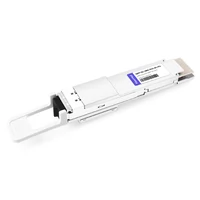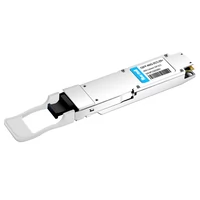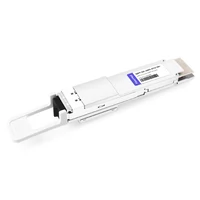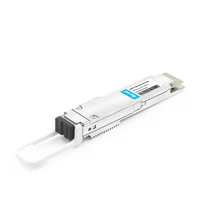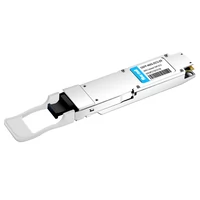At this year’s OFC conference, multiple vendors showcased the applications of 400G ZR, 800G ZR, and 400G ZR+ technologies in data center interconnects (DCI) and telecommunication networks.
Table of Contents
Toggle400G ZR
The 400G ZR technology, with its 400Gb/s interface rate, is based on single-carrier coherent DP-16QAM modulation technology, combined with low-power DSP and concatenated forward error correction (C-FEC), achieving a transmission distance of over 80 kilometers while maintaining an error rate below 1.0E-15 after error correction.
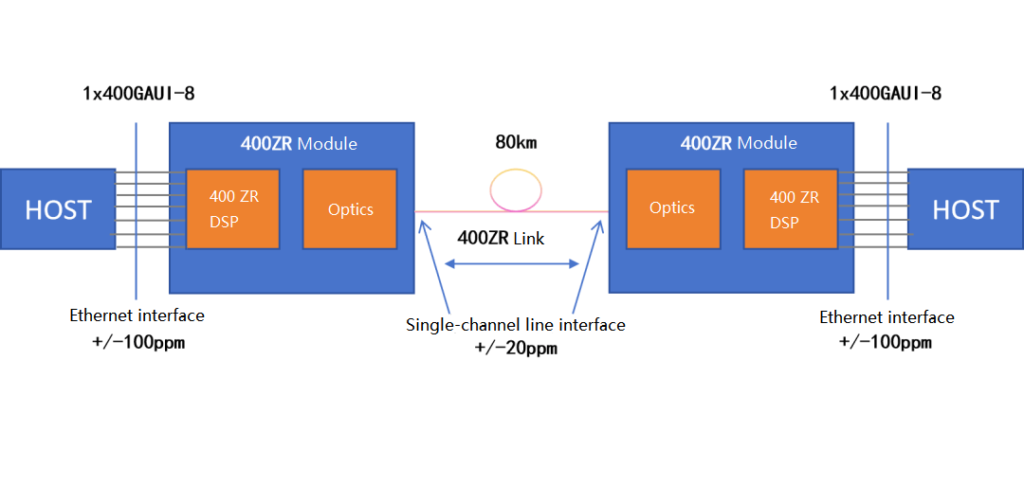
The design flexibility of this technology lies in its form-factor agnostic characteristic, allowing it to adapt to different hardware form factors.
800G ZR
The 800G ZR technology, an upgrade from 400G ZR, increases the interface rate to 800Gb/s while retaining the same core technologies, including single-carrier coherent DP-16QAM modulation and low-power DSP.
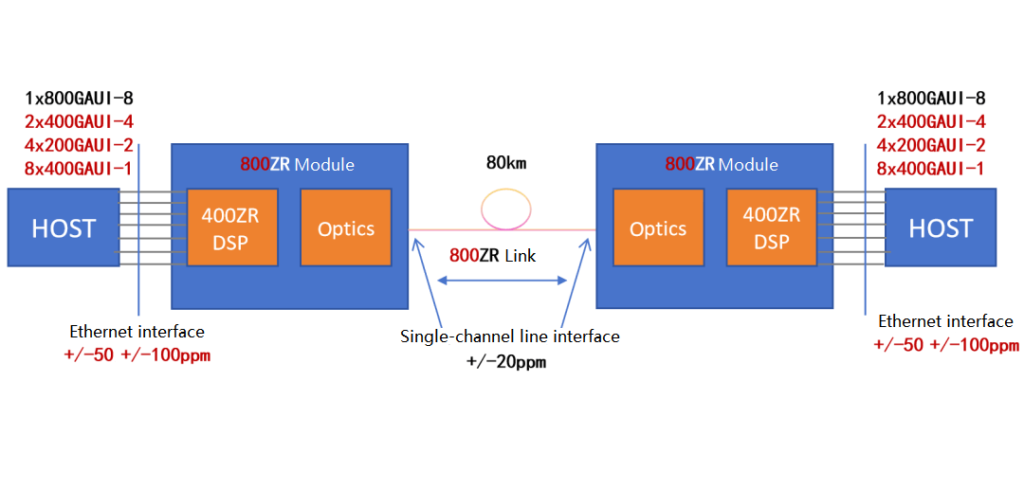
Additionally, 800G ZR employs outer forward error correction (O-FEC) technology, enabling an error rate below 1.0E-15 after error correction, ensuring high reliability in data transmission.
400G ZR+
400G ZR+ is a general term representing capabilities beyond 400G ZR, although it has not yet been standardized across the entire ecosystem. The introduction of the OpenZR+ Multi-Source Agreement (MSA) aims to address longer transmission distances and more flexible Ethernet rates and modulation types.
Notably, in version 3.0 released in September 2023, high transmission output power (0 dBm) was introduced, further enhancing the technology’s performance. The inclusion of the OpenROADM Multi-Source Agreement (MSA), which supports Ethernet and Optical Transport Network (OTN) services, added more color to the demonstration due to its similarities with 400G ZR and 800G ZR technologies.
At this OFC conference, the interoperability and performance of 400G ZR and 800G ZR technologies were demonstrated across different vendors’ equipment, including Cisco, Juniper, Ciena, NEC, Lumentum, FiberMall, and others. These devices utilized QSFP-DD and OSFP modules, with different wavelength frequencies of optical modules and routers.
Single-Span Demonstration:
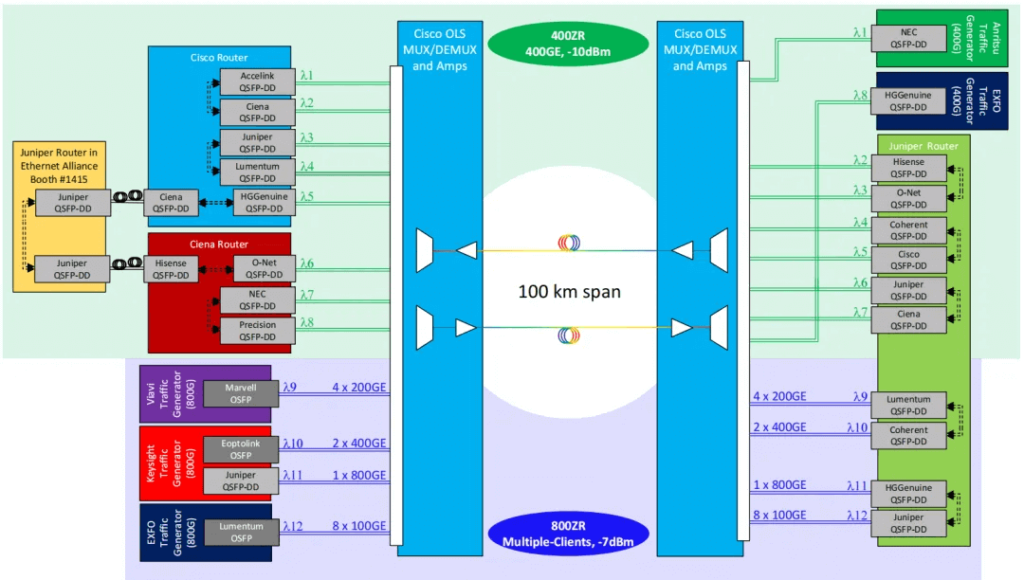
Channel Plan Table:
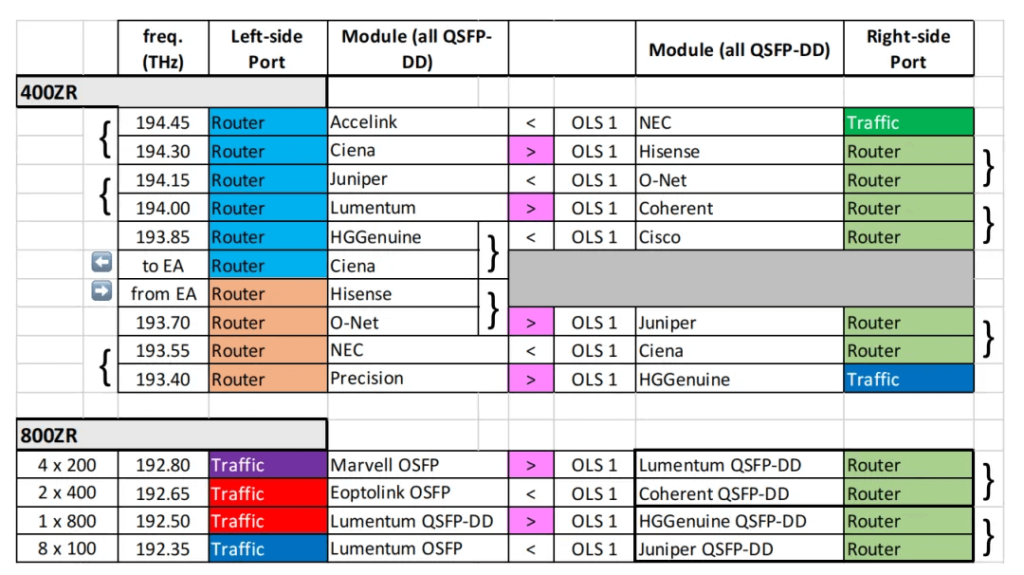
Multi-Span Demonstration:
In the multi-span demonstration, two types of optical fibers were used: SMF-28 ULL fiber and SMF-28 Contour fiber, simulating different transmission path lengths, such as spans of 8×100 km and 8×125 km, further validating the technology’s long-distance transmission capability.
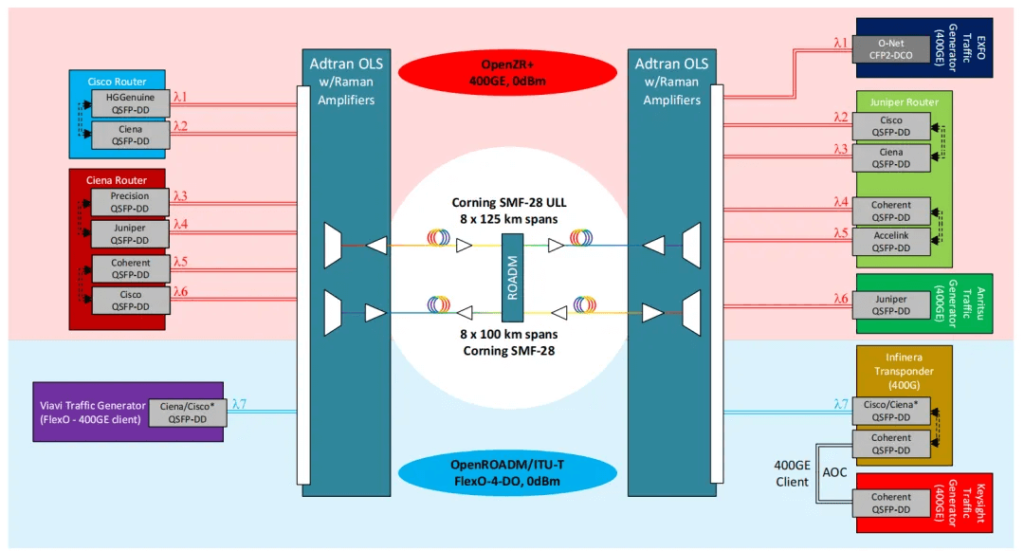
Channel Plan Table:
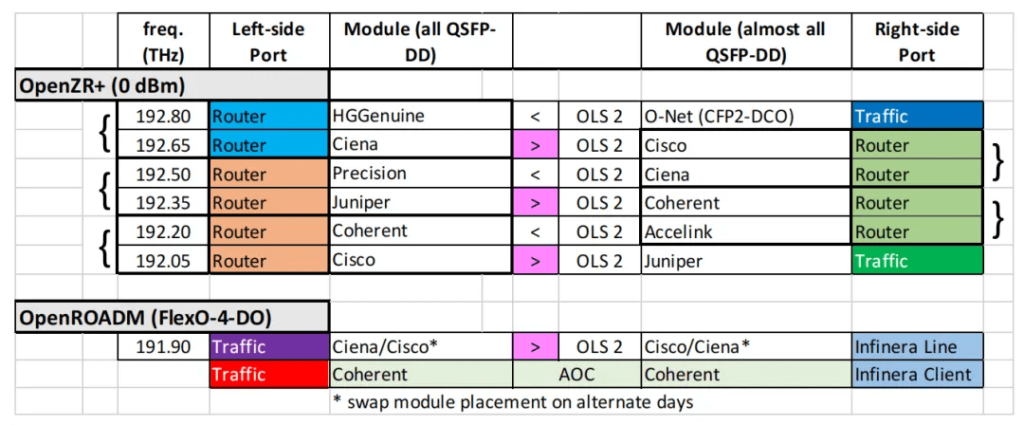
In the multi-span system, the key technologies demonstrated included the use of MUX/DEMUX and amplifiers, as well as integrated EDFA and Raman amplifiers, which supported the expansion of transmission capacity and distance. The automatic span equalization feature, including power equalization and scalability of multi-degree ROADMs, was also demonstrated.
Performance Comparison
The optical fiber performance data of modules from different vendors provided in-depth insights into the performance of 400G ZR and OpenZR+ technologies. By comparing the received optical signal-to-noise ratio (RxOSNR), received power (RxPower), chromatic dispersion (CD), polarization-dependent loss (PDL), differential group delay (DGD), and bit error rate (BER), we can evaluate the performance of each module in practical applications. The data is as follows:
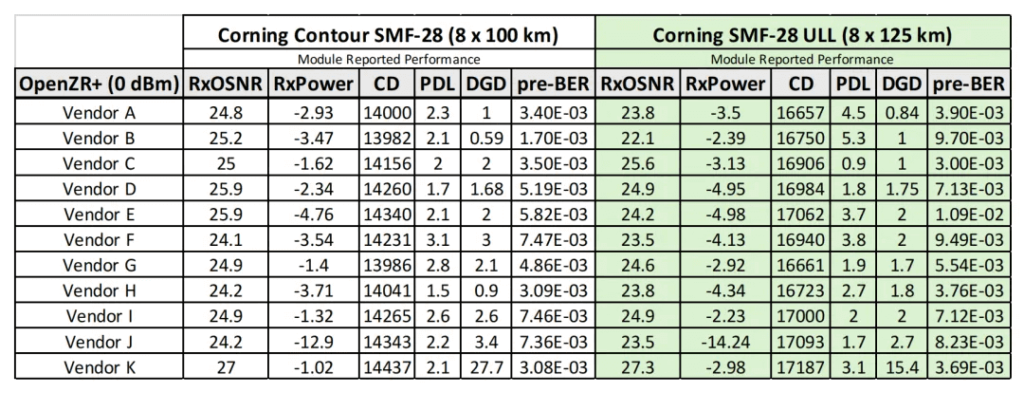
A brief interpretation of the table (Contour fiber data):
First, the received optical signal-to-noise ratio (RxOSNR) is a key indicator of signal quality and system bit error rate. Vendor F’s RxOSNR was 24.1 dB, while Vendor K’s RxOSNR reached 27 dB, indicating that the latter had an advantage in terms of received signal-to-noise ratio, potentially providing better signal quality and lower bit error rate.
The received power (RxPower) is also an important parameter that affects signal reliability. Vendor J had the lowest RxPower at -12.9 dBm, while Vendor K had the highest RxPower at -1.02 dBm. Higher received power typically means a stronger signal, which may aid in long-distance transmission.
Chromatic dispersion (CD) and polarization-dependent loss (PDL) are two other key parameters that affect signal quality, related to the signal’s transmission characteristics in the optical fiber. Lower values of CD and PDL indicate less signal distortion. For example, Vendor K performed best in CD with 14437 ps/nm.
Differential group delay (DGD) is a measure of the time difference between different modes in the signal, affecting signal integrity. Vendor B performed best in DGD with 27.7 ps, while Vendor H performed worst with 0.9 ps.
Finally, the bit error rate (BER) is a direct measure of system performance, with lower BER indicating higher reliability. Vendor K exhibited the lowest BER of 3.08E-3, indicating that its module had extremely high reliability under the test conditions. It can be seen that modules from different vendors varied in their performance across these metrics. Vendor K stood out in terms of RxOSNR, RxPower, and BER.
Related Products:
-
 QSFP-DD-400G-DCO-ZR+-HTx 400G Coherent High TX Power QSFP-DD DCO OpenZR+ C-band Tunable Optical Transceiver Module
$7000.00
QSFP-DD-400G-DCO-ZR+-HTx 400G Coherent High TX Power QSFP-DD DCO OpenZR+ C-band Tunable Optical Transceiver Module
$7000.00
-
 QSFP-DD-400G-DCO-ZR-HTx 400G Coherent High TX Power QSFP-DD DCO ZR C-band Tunable Optical Transceiver Module
$6500.00
QSFP-DD-400G-DCO-ZR-HTx 400G Coherent High TX Power QSFP-DD DCO ZR C-band Tunable Optical Transceiver Module
$6500.00
-
 OSFP-400G-DCO-ZR+ 400G Coherent OSFP-DCO ZR+ C-band Tunable Optical Transceiver Module
$7000.00
OSFP-400G-DCO-ZR+ 400G Coherent OSFP-DCO ZR+ C-band Tunable Optical Transceiver Module
$7000.00
-
 QSFP-DD-400G-DCO-ZR+ 400G Coherent QSFP-DD DCO C-band Tunable Optical Transceiver Module
$6500.00
QSFP-DD-400G-DCO-ZR+ 400G Coherent QSFP-DD DCO C-band Tunable Optical Transceiver Module
$6500.00
-
 QSFP-DD-400G-DCO-ZR 400G Coherent QSFP-DD DCO C-band Tunable Optical Transceiver Module
$6000.00
QSFP-DD-400G-DCO-ZR 400G Coherent QSFP-DD DCO C-band Tunable Optical Transceiver Module
$6000.00
-
 OSFP-400G-DCO-ZR 400G Coherent OSFP-DCO ZR C-band Tunable Optical Transceiver Module
$7000.00
OSFP-400G-DCO-ZR 400G Coherent OSFP-DCO ZR C-band Tunable Optical Transceiver Module
$7000.00

